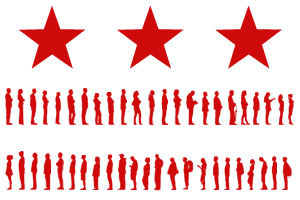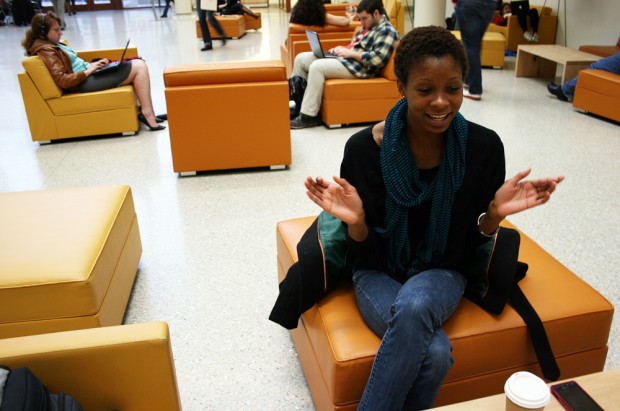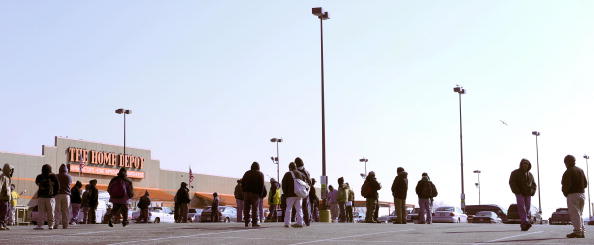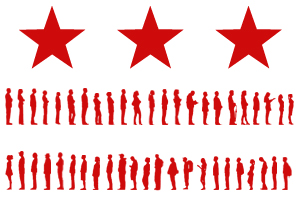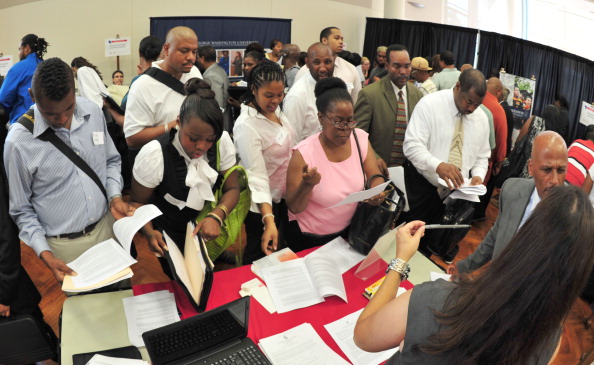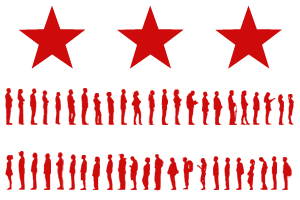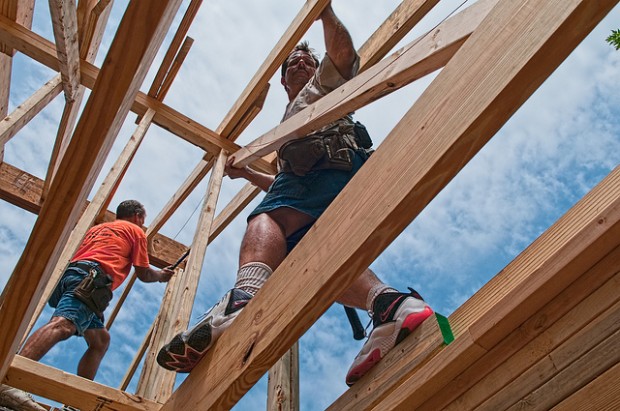While much of the country struggles with job creation, D.C. is in the unique position of having more jobs than residents. So why are some D.C. neighborhoods facing Depression-era unemployment rates? DCentric examines how D.C.’s healthy economy has left out so many Washingtonians and what some are doing to close the unemployment gap. Third in a series.

Michael Coghlan / Flickr
Like many young people, Clarence Burrell started following in his father’s footsteps.
The problem? His father was a well-known drug dealer who went to prison, Burrell said.
Burrell, 26, was arrested three times and served a total of nine months in prison for drug-related charges.
“I had been living hard for a long time,” the Ward 8 resident said recently. “I decided not to [keep going] down the route my father went down. I was always thinking about having better, doing better.”
He was released from prison more than five years ago and started looking for jobs. But Burrell, who has some college credits, said he couldn’t even get hired by fast food restaurants because of his criminal record.
Getting hired with a past conviction is a challenge faced by thousands in the nation’s capital. Almost half of the former inmates surveyed in a new Council for Court Excellence report are unemployed. Nearly 60,000 D.C. residents, about 10 percent of the population, have criminal records, making joblessness among former inmates a contributing factor to high unemployment.
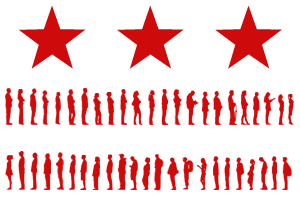
Image: Carrie Moskal / DCentric
"Division of Labor" is DCentric's examination of D.C.'s unemployment disparity.
Half of the 8,000 people who return to D.C. from prison every year are back behind bars within three years. According to the Court Excellence report, having a job greatly reduces the chances that former inmates will recommit crimes.
“If we can reduce [the rate of returning to prison], we can increase public safety,” said At-large City Councilman Phil Mendelson, who chairs the Public Safety and the Judiciary committee.
There’s also a cost to the city. As of 2001, about $22,650 a year was spent per inmate incarcerated in a federal prison, which is where D.C. felons are kept.
“I hope we get past this idea of what seems to be the right thing to do. This is the smart thing to do,” said Mike Curtin, who leads D.C. Central Kitchen, an employer of former inmates. “It’s about keeping an open mind and it’s about the future economic survival of our city.”
Continue reading →
